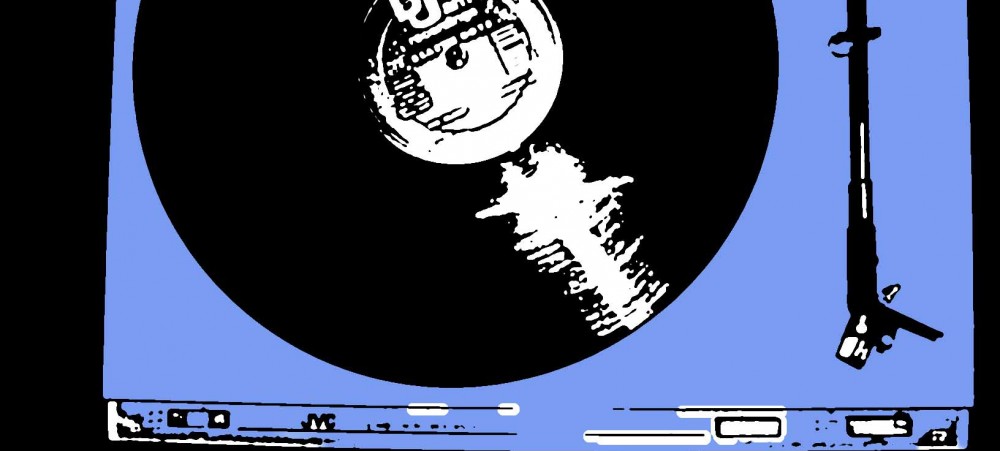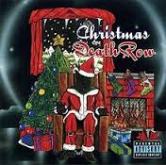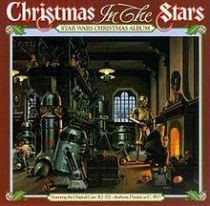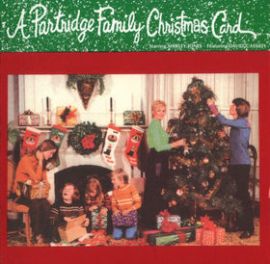Hip hop and Christmas aren’t strangers. Run DMC’s “Christmas in Hollis” even made the cut for the holiday compilation album A Very Special Christmas. Rapper Cee Lo Green dropped a seasonal disc, Cee Lo Green’s Magical Moment. DMC kept their track family friendly, and Cee Lo opted for a soulful take. Enter Christmas On Death Row. No, this isn’t an amalgamation of criminals bursting into joyous carols. Rather, Death Row in the title refers to the well-established rap record label which features notable artists such as West Coast legend Snoop Dogg.
Christmas On Death Row features original holiday tunes by a collection of the unlikeliest of folks. Snoop Dogg and the late Nate Dogg spit a West Coast Xmas ditty, “Santa Claus Goes Straight to the Ghetto.” The funky bassline sets the tone for the entire album. Nate Dogg’s baritone hook actually could fit on a mainstream track, but the references to weed which proceed from (surprise, surprise) Snoop remove any illusions that this is a traditional holiday album. Directly following the comedic “Santa Claus Goes Straight to the Ghetto” is Danny Boy’s poignant “The Christmas Song.” I guess the producers deemed Snoop’s nasally drawl too sacrilegious for such a revered holiday favorite. Running down the tracklist, the ratio of classic Christmas hits and original hip hop tracks is pretty even.
While recognizable seasonal songs by Death Row crooners are enjoyable, the true standouts and reasons to bump Christmas On Death Row are the ghetto inspired tracks. They’re unique and manage to deliver seemingly honest messages. The Dogg Pound roc the mic on “I Wish,” with a chorus of “I wish I had love.” Verses present traditionally rap content, such as shout outs to recently deceased homies and admittances of dopage. Danny Boy reappears on “Peaceful Christmas,” and Michel’le provides an emotive “Silver Bells.” Thankfully, after these covers “Christmas in the Ghetto” steers the album back towards the holiday-themed Chronic. Again, the eggnog and indo play prominent themes, and hearing gangstafied Christmas tunes pleasantly mixes up the festivities. If you’re into alternate leaves of green, you’ll likely appreciate this West Coast rap take on Christmas.
As previously mentioned, the traditional tracks, though well done, feel like filler. They’re worth listening to, but everyone’s heard these songs more times than they’d like to recall. That’s not to say that the iterations found on Christmas On Death Row pale in comparison to their urban counterparts. Nate Dogg lends much appreciated appearances on several tracks. Much like Cee Lo Green, his booming voice feels natural rapping or spitting seasonal lyrics. He can hang with the funkiest of hip hop beats and schmooze with slowed down, expressive instrumental.
Christmas On Death Row offers an entertaining and unusual West Coast funk-soul-holiday fusion. Though the combination may sound incompatible, it works surprisingly well just like the sweet-salty M&M trail mixes. If you’re a hip hop head, definitely add this to the collection, though be mindful of tracks to skip if you’re among a more conservative crowd.









